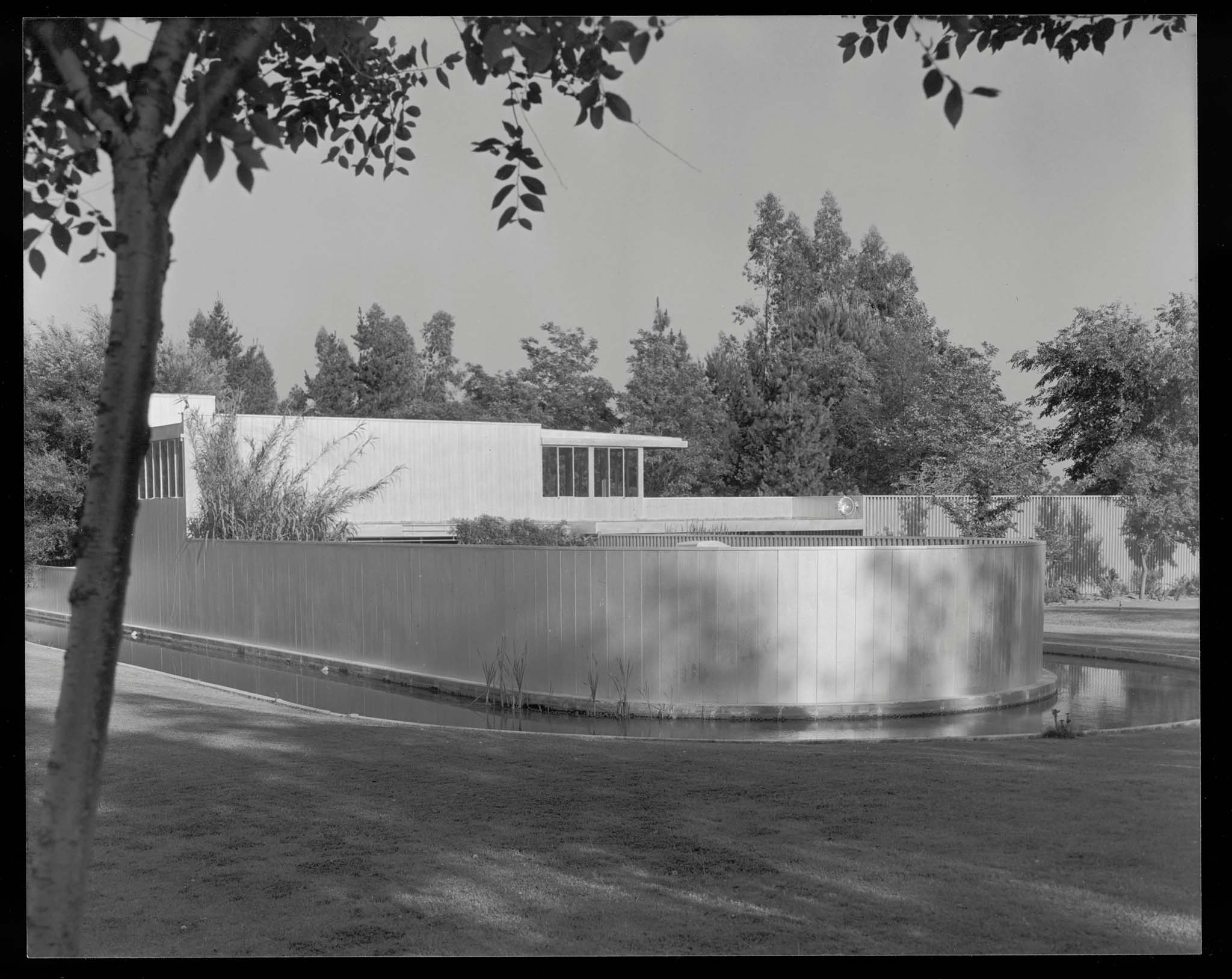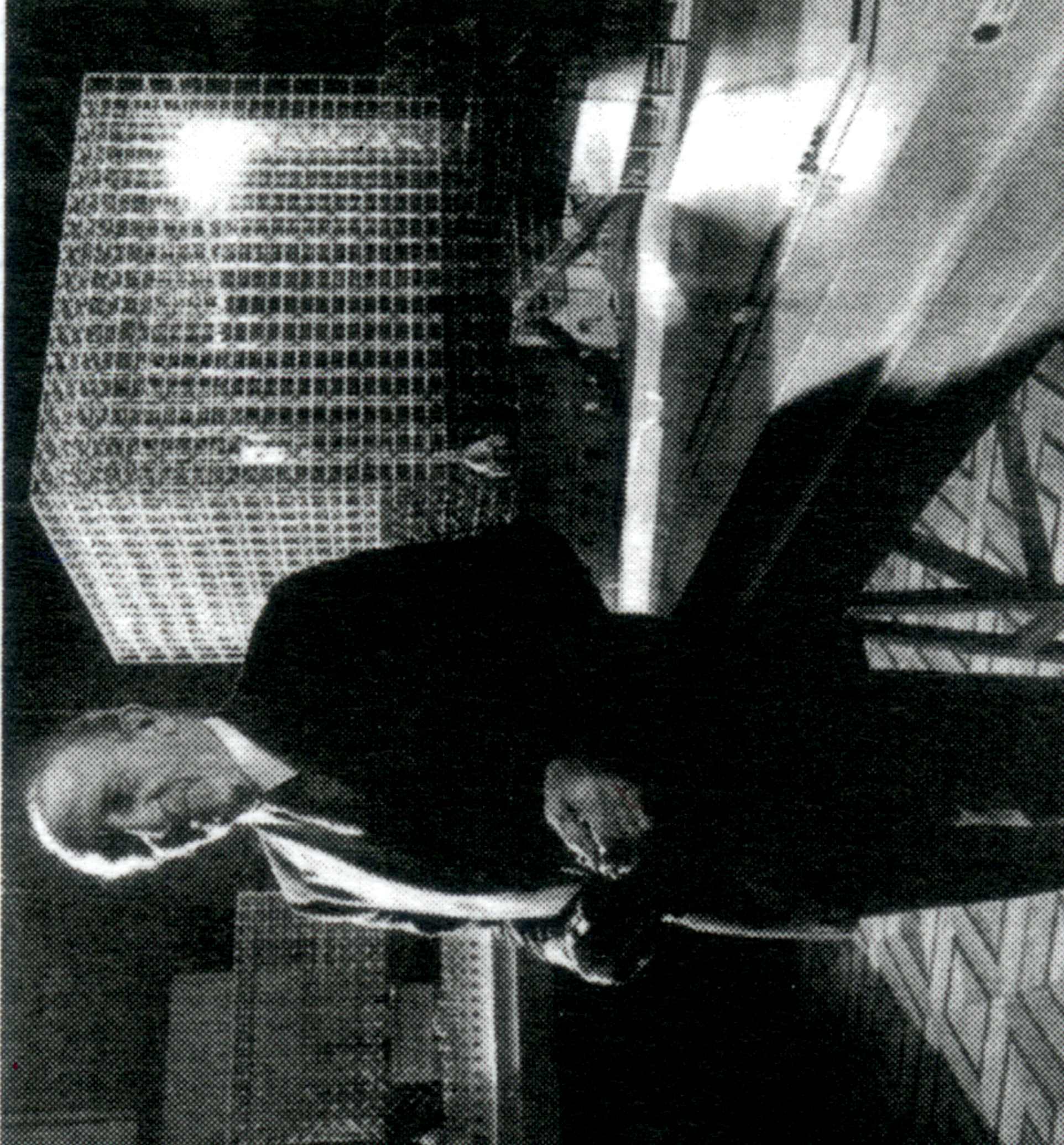It is also a plea against half measures, and deals with themes that underlie man at all times. Few parts are as hard in the Bible as when it says: "Because you are lukewarm, neither cold nor hot, I will vomit you out of my mouth." Well, in the film, the businessmen want the purity of the clean glass volume proposed by the architect to be disguised with classical parts, and to convince him they ask him to follow the "main course", today he would say "mainstream", what people like... In our day, the mainstream is “people´s participation”, dissolving individual will in the team, “do it yourself”. Today even doctors have to listen to what internet tells them through their patients...
Ortega y Gasset, the Spanish philosopher, said that the novelty "scratches our eyes", and that is what Rand is interested in, so he talks about those who copy as “second handers” and even harder when it separates men, in Roark's mouth, in "Creators and Parasites", showing that only what is new is worthwhile.
Every time I watch this movie I find new things. The other day I saw how Howard Roark, while the builders insist on the good things (economic), that doing that work would bring him back, hesitated to throw his work to the ground so as not to contaminate it (which seemed to me a weakness that I had not noticed before ).
But he prefers to work in a quarry, where Patricia Neal / Dominique Franҁon approaches riding, rather than betraying his art. In male / female relationships, whenever we watch movies from this time, there would be a lot to say, seeing how Gary Cooper throws the protagonist on the floor in her room ... (and we're not going to talk about A Quiet Man, or La Dolce Vita, with that evident macho violence too). What a woman like Aynd Rand wouldn't live! With her childhood in the St. Petersburg synagogue and her transfer, nothing less than to California in the first half of the s. XX, that of the Case Study Houses.
Ortega y Gasset, the Spanish philosopher, said that the novelty "scratches our eyes", and that is what Rand is interested in, so he talks about those who copy as “second handers” and even harder when it separates men, in Roark's mouth, in "Creators and Parasites", showing that only what is new is worthwhile.
Every time I watch this movie I find new things. The other day I saw how Howard Roark, while the builders insist on the good things (economic), that doing that work would bring him back, hesitated to throw his work to the ground so as not to contaminate it (which seemed to me a weakness that I had not noticed before ).
But he prefers to work in a quarry, where Patricia Neal / Dominique Franҁon approaches riding, rather than betraying his art. In male / female relationships, whenever we watch movies from this time, there would be a lot to say, seeing how Gary Cooper throws the protagonist on the floor in her room ... (and we're not going to talk about A Quiet Man, or La Dolce Vita, with that evident macho violence too). What a woman like Aynd Rand wouldn't live! With her childhood in the St. Petersburg synagogue and her transfer, nothing less than to California in the first half of the s. XX, that of the Case Study Houses.

Von Sternberg House by Richard Neutra (1935). Fotografía por J. Paul Getty Trust. Getty Research Institute, Los Angeles (2004.R.10).
The writer, and this is very important, lived since 1940 in Richard Neutra's Von Stenberg house, which is a jewel of the modern movement in California (demolished). Aynd Rand's book appeared in 1943, the year Rachmaninov died in Beverly Hills. Stravinsky also left Saint Petersburg to die in New York ... And many Central European architects, like Neutra himself, Mies, Gropius, Schindler moved to the United States.
Gayl Winand's character is also amazing, the owner of the wide-spread newspaper who (in the book) hires brilliant sculptors and gives them large sums for making piggy banks, or talented writers and gives them, very well paid, the cooking articles ... Thus testing, until Roark arrives, what we would now call an artist's resilience: seeing how long it lasts before being bent by life. And then Winand has his magnificent private collection for him to see only.

Fco. Javier Sáenz de Oiza, and Centro Cultural Alhóndiga model, Bilbao 1988. Vellés, Javier, "Oíza", Puente Editores 2018. p.357
Saenz de Oiza, Spanish architect, very egotist, Prince of Asturias Arts Awarded, who by the way was photographed with a model reminiscent of Howard Roark's in the film, said that with large studios it is like milk, that when you go to a farm and you drink a glass directly from the cow, you know from whom you are drinking milk, but when you drink it from a bottle, you don't know where it comes from, so you drink “average milk”.
At the end one thinks of our days and how we see, also speaking of cuisine, on tv opera singers, in gossip programmes even bullfighters (that is, gentlemen who risk their lives in front of a bull)... and, everywhere, Jacuzzi journalism, instead of J´accuse journalism. Where? When was it when we got lost? When did we divert so much from the pure and clear spring, that the brook became a muddy river and ended up flooding everything...































